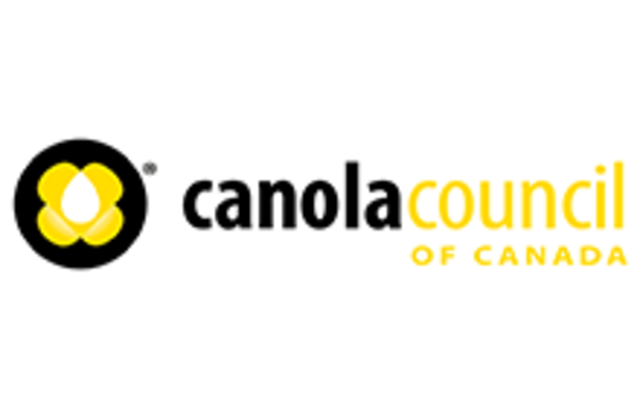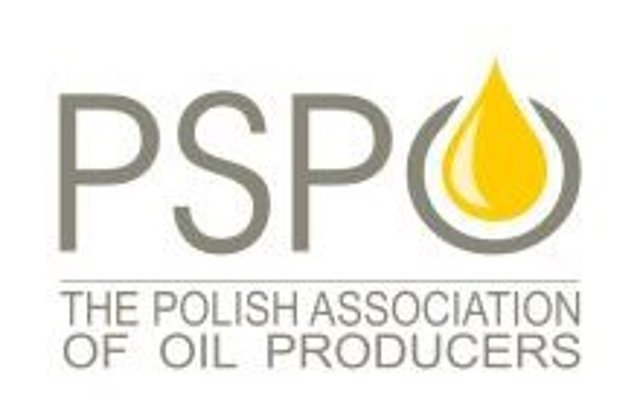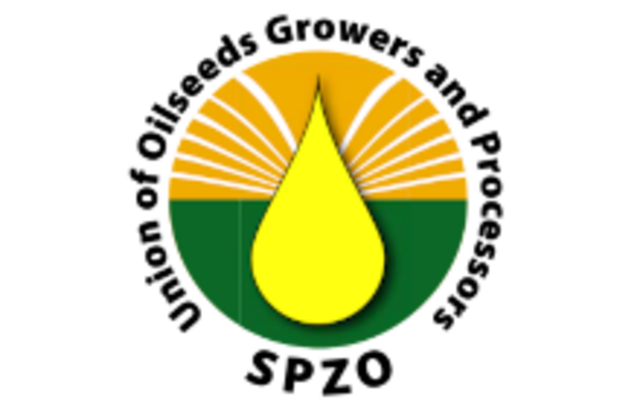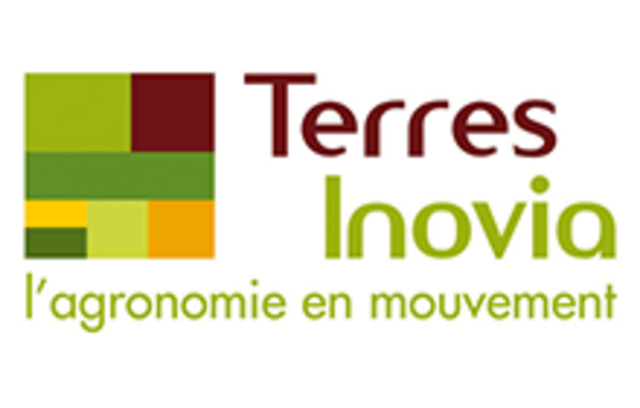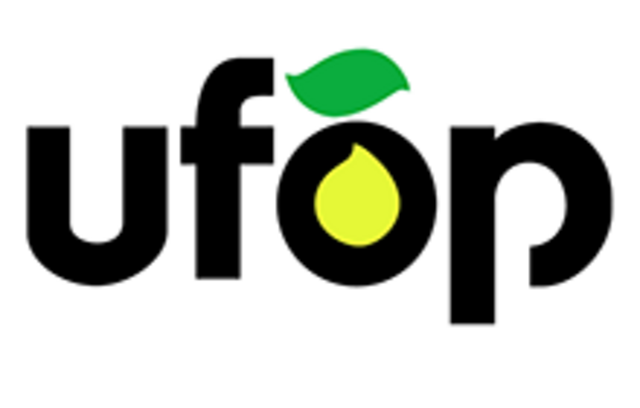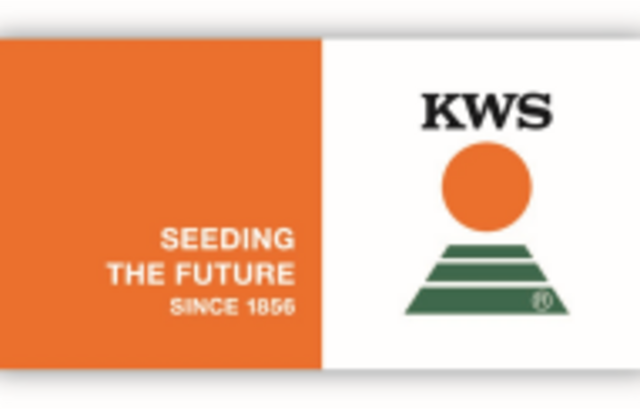
5th IRC Malmö Sweden, 1978 Vol 1
5th IRC Malmö, Sweden, June 12-16, 1978 Vol 1
TABLE OF CONTENTS
Introduction ............................................ 1
OPENING ADDRESSES
1. The President, Dr. Gösta Andersson .................... 3
2.His Royal Highness, Prince Bertil......................... 4
3. The Minister of Agriculture, Anders Dahlgren .......6.
The role of oil crop cultivation in Swedish agriculture
LECTURES AT THE OPENING
1. Role of rapeseed oils in world food production and their nutritional value
A. Engström ............................................... 10
2. Oil crop cultivation in Sweden
G. Olsson ................................................. 25
SESSION A: BREEDING FOR YIELD
1. Introductory paper: La sélection du colza pour l'amélioration du rendement
J. Morice ................................................. 36
2. Breeding System and breeding strategy in the winter rapeseed
M. Rives .................................................. 48
3. A strategy for improving spring rape (Brassica napus) yields in Western Australia through modification of the developmental pattern
N. Thurling ............................................... 49
4. Breeding for early maturity in summer type Brassica napus
D. Campbell, D. Degenhardt, Z. Kondra ....... 52
5. Application of recessive self-incompatibility to production of hybrid rapeseed
K. Thompson ............................. 56
6. Rapeseed oil in India - some general problems
S. Kumar.................................................. 60
7. Selection criteria for seed yield in Brassica campestris L.
P,R. Kumar, T.P. Yadava ................. 63
8. A concept of 'plant ideotype' in Indian mustard [Brassica juncea (L.) Czern and Coss]
T. P. Yadava, A.K. Yadav, H. Singh ............ 66
9. Path coefficient studies in Indian mustard [Brassica juncea (L.) Czern and Coss]
R.M. Singh, H.G. Singh, B.S. Talukdar, Y.S. Chauhan, A.K. Singh ............................ 71
10. Origin of male sterility-inducing cytoplasm in rape plant (Brassica napus L.)
T. Shiga, Y. Ohkawa, K. Takayanagi ................. 77
11. Introgression of restorer genes from Raphanus sativus into cytoplasmic male sterile Brassica napus and the genetics of fertility restoration
F.W. Heyn ..................... 82
12.Breeding for increased yield in double-low spring rapeseed
H. Svensk .............................................. 84
13. Wachstum und Entwicklung der Rapsschote in Abhängigkeit von ihrer Insertion an der Pflanze unter besonderer Berücksichtigung des Verlaufs der Reservestoffsynthese -ein Beitrag zur Ertragsstruktur des Rapses
W. Diepenbrock ......................................... 87
14. Die Wintergeneration, eine praktische Methode zur Abkürzung des Zuchtweges in der Winterraps-Züchtung
H. Busch ............................................... 91
15. Untersuchungen zur Fremdbefruchtungsrate bei Winterraps
M. Hühn, G. Rakow .............................. 93
16. Partielle Allogamie bei Raps - einige theoretische Ergebnisse sowie Folgerungen für die Zuchtmethodik
M. Hühn............................................... 91
17. Recent advances in rapeseed breeding in Uttar Pradesh
H.G. Singh, A.N. Srivastava, R.N. Singh ... 101
SESSION B: BREEDING FOR QUALITY
1. Introductory paper: Breeding for quality
R.K. Downey ............................................ 106
2. Selection for oil and protein in rapeseed
B.R. Stefansson ........................................ 113
3. Zur Variabilität von Öl- und Proteingehalten in Zuchtstämmen von Winterraps (Brassica napus L.)
G. Rakow.......................... 115
4. Inheritance of fat content and fatty acid composition in seeds of zero-erucic winter rape (B. napus)
I. Bartkowiak-Broda ....................... 119
5. Erucic acid heredity in rapeseed
R. Jönsson..................................... 124
6. Aspect on transfer of economic characters by means of interspecific and intergeneric crossing in cruciferous crops
H. Namai ............................................... 127
7. Quality breeding in brown sarson
P.R. Kumar ..................................... 131
8. Quantitative analysis of glucosinolates after their enzymatic desulfatation on ion exchange columns
W. Thies ............................................... 136
9. Methods for determination of fatty acids adapted to a breeding program
B. Uppström, S.-A. Johansson ....... 140
10. Genetic control of glucosinolates of rapeseed (Brassica napus L. ) meal
I.J. Anand ................................... 145
11. Variability in erucic acid, oil and protein content in brown and black mustard germplasm collections
G. S. Brar........................ 146
12. Oil and meal quality of cultivated brassicas and their wild relatives
I.J. Anand, R.S. Malik.................. 150
13. Variability and interrelationship among quality traits in Brassica juncea mutants
K.S. Labana, S.S. Badwal, K.L. Ahuja ......... 155
14. Scope for better utilization of rapeseed in India
K.S. Murthy, M. Kantharaj Urs ............. 156
15. Effect of SDS on the major fraction of mustard protein
A. Gururaj Rao, M. Kantharaj Urs, M.S. Narasinga Rao ................ 157
SESSION C: BREEDING
1. The possibility of incorporating herbicide resistance into oilseed rape
A.D. Bradshaw, P.D. Putwain, S.R. Sykes ....... 160
2. Disease interaction between cruciferous crops in Europe, and the need for resistance breeding in winterrape
H. Toxopeus, G. Dixon ................. 164
3. Befall mit Phoma lingam tode (Desm) von verschiedenen Rapssorten auf unterschiedlichen Standorten in 2 Jahren
F. Scheibert-Böhm................................ 168
4. Comportement comparé de plusieurs variétés de colza au Leptosphaeria maculans (Phoma lingam) - mise au point d'une méthode d'étude en conditions semi-artificielles
J.-G. Pierre, Y. Regnault, M. Rollier ....... 173
5. Double low winter rape for Poland
J. Krzymanski .......................................... 178
6. Produktion und Züchtung von Winterraps in der CSSR
A. Fabry, J. Cerny, A. Folk .................. 181
7. Organisation et méthodologie de l'expérimentation sur colza en France
P. Haugazeau, D. Ribaillier ............ 186
8. Variety testing of winter oilseed rape
D. Kimber ................................... 193
9. Zur Frage der Unterscheidbarkeit bei Rapssorten
K.H. Beuster .................................. 196
10. Phänotypische Stabilität bei Winterraps Genotypen
U. Posselt ............................................. 200
11. In vitro selection of modified fatty acid composition in anther-derived embryo cultures of B. campestris and B. napus
I.A. de la Roche, W.A. Keller ............... 203
12. Potential uses of anther culture techniques in breeding Brassica campestris
W. Keller, K. Armstrong, I. de la Roche, J. Lacapra……. . 204
13. Inheritance studies in Brassica juncea, Coss
N. Mehrotra, B.D. Chaudhary ............. 205
SESSION D: AGRONOMY, GENERAL
1. Introductory paper: Probleme beim Rapsanbau
W. Schuster ............................................ 216
2. Cultivation technique in rape and turnip rape
R. Larsson ............................................. 229
3. Der Einfluss von Erntetermin und Düngung auf die Inhaltsstoffe des Rapses
W. Teuteberg, E.-W. Trautschold..................... 235
4. Growth and development of spring varieties in autumn sowing in southern Spain
M.D. de la Guardia, E.B. Perez-Torres .... 245
5. Cruciferous oil crops as break crops in cereal-dominated rotations (results of Swedish field experiments)
S. Nyström ............................................. 248
6. Relations entre l'aptitude à l'enracinement du colza d'hiver et le rendement en graines en fonction des conditions climatiques en France
M. Rollier ............................................. 251
7. Effects of different levels of irrigation on the yield of a crop of rape (Brassica napus L. var Midas) in south-east Spain
F. Insua Munoz, J.L. Muriel Fernéndez ...... 254
8. Response of two species of rape to different levels of nitrogenous and phosphorus fertilizer in different planting dates
F. Insua Mufioz......................................... 257
9. Bor zu Raps
W. Teuteberg ........................................... 260
10. The effect of atmospheric humidity on the moisture content of direct harvested rapeseed
J. Parish, M. Poole ....................... 266
11. Preliminary studies on the introduction of rapeseed in southern and central Spain. Winter and spring varieties, row spacings and seed doses
A.R. Villalba Cabello ......268
12. Erucic acid and cultivation technique
A. Bengtsson, I. Ohlsson, I. Tegnell...272
13. Rapeseed production and research in Chile
N. Lizama, V. Valdivia..............276
14. Research on rapeseed (Brassica napus L.) and fodder rape at Uyole, Tanzania
J. Mukurasi .................................. 280
SESSION E: AGRONOMY, PESTS
1. Introductory paper: Perspectives actuelles de lutte intégrée contre les ravageurs animaux du colza
P. Jourdheuil .......................................... 286
2. Weed problems in autumn-sown oilseed crops
G. Gummesson .............................. 296
3. La lutte chimique contre les adventices du colza en France
Y. Regnault ............................................ 300
4. Weed problems in Swedish spring-sown oil crops
B. Granström ........................................... 304
5. Possibilités de reimplantation d'une culture après retournement d'un colza d'hiver traité aux herbicides
Y. Regnault, P. Haugazeau ............................ 307
6. The insect pests of oil seed rape
J.B. Free, I.H. Williams.................... 310
7. Problems with Ceutorrhynchus quadridens Panz. (col.: Curculionidae) in Hungary
G. Saringer ............................................ 315
8. Nouvelles acquisitions dans le comportement de l'altise d'hiver (Psylliodes chrysocephala L.) en France
Y. Ballanger, Y. Regnault ............... 318
9. Zum Einsatz von Regulatoren des Pflanzenwachstums zur Bekämpfung von Rapsschädlingen
F. Schütte ............................................. 322
10. Efficacité comparée de plusieurs insecticides utilisables dans la lutte contre les grosses altises (Psylliodes chrysocephala) en fonction du temps et de l'humidité du sol
J.-G. Pierre, Y. Regnault ............................ 326
11. Méthode expérimentale pour l'étude de l'activité insecticide de la decamethrine sur Meligethes aeneus L. et Ceuthorrhynchus assimilis Payk. Ravageurs du colza
P. Pastre, L. Roâ, J.J. Hervé, R. Baumeister ... 330
12. Build up of diseases with intensification of oilseed rape in England
R.J. Cook, E.J. Evans ........................333
13. Über den Befall des Rapses durch Phoma lingam in der Bundesrepublik Deutschland
W. Krüger ...........................338


